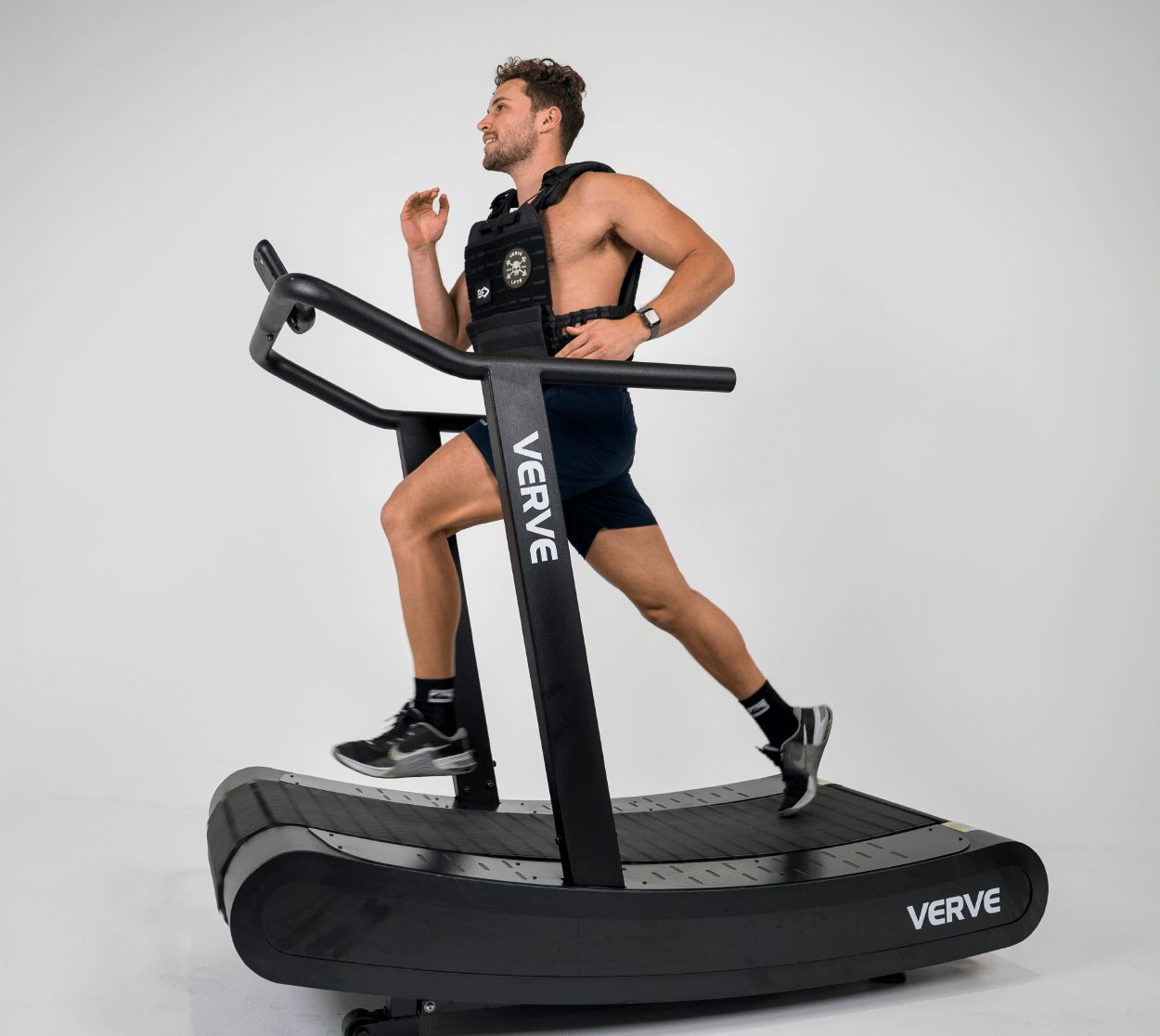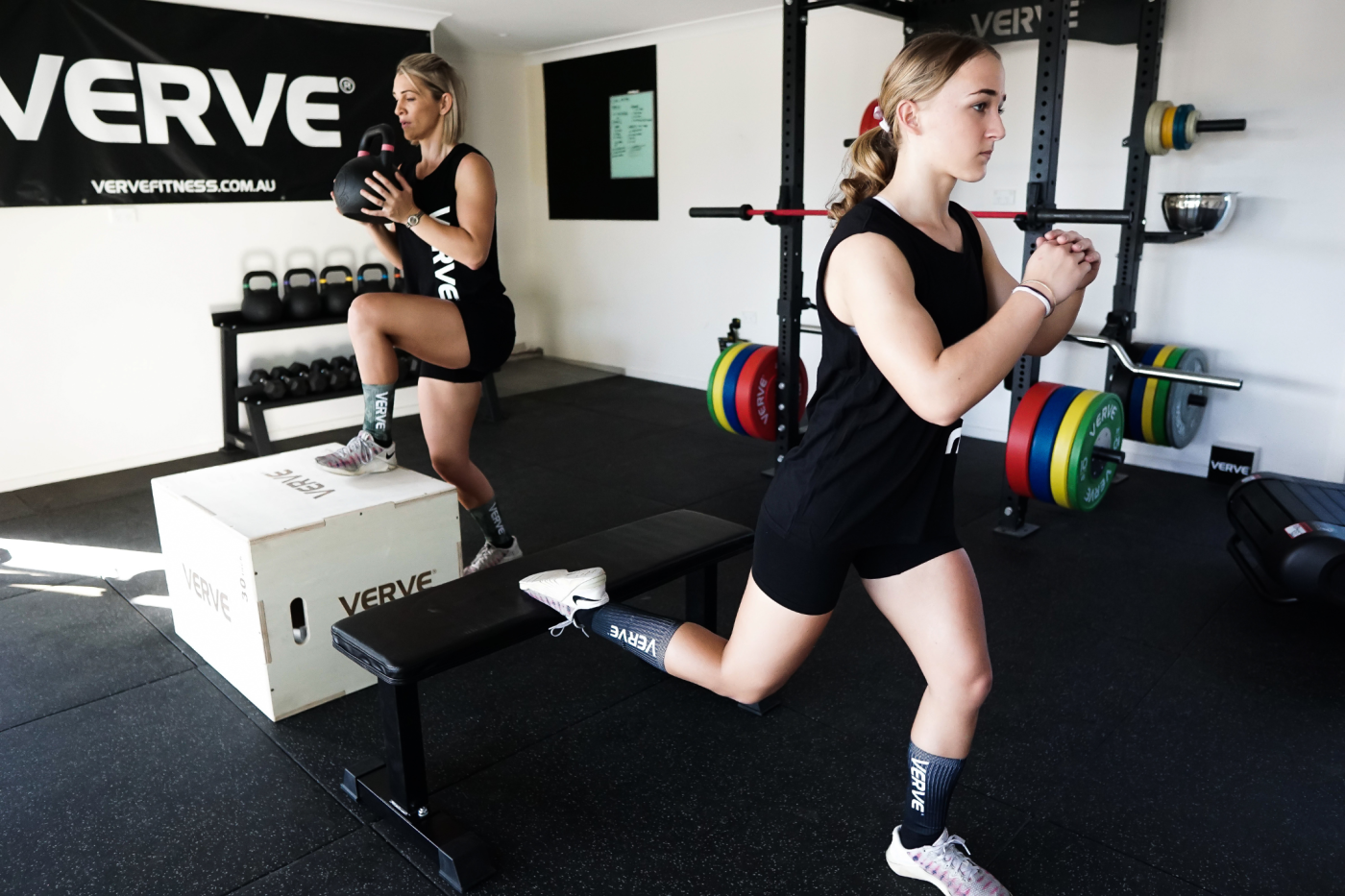Sprint workouts have long been associated with elite athletic performance, especially in power, speed, and explosiveness. But did you know that sprinting also plays a crucial role in shaping an impressive body composition? Whether you're aiming to shed a few pounds or achieve a lean, toned physique, incorporating sprints into your fitness routine can be a game-changer.
Let’s delve into how sprint workouts work, their benefits, and how to effectively integrate them into your fitness regimen.
Sprinting and Body Composition
Body Fat Percentage in Sprint Athletes
Sprinters are known for their lean physiques and powerful builds, often boasting some of the lowest body fat percentages among athletes. This isn’t just a coincidence—sprinting demands a high level of intensity, which triggers fat-burning processes that many other exercises simply don't match.
Facts About Sprinters’ Body Fat Percentage
Sprinters, especially those at the elite level, often maintain a body fat percentage well below 10%. This is a direct result of the high-intensity nature of their training, which effectively targets and reduces body fat while preserving muscle mass. Compared to athletes in other sports, sprinters are consistently at the lower end of the body fat spectrum, thanks to their rigorous training regimens.
Insights from Studies on Body Fat %, FMi, and FFMi in Sprinters
Research comparing sprinters to athletes in other disciplines highlights a unique profile: low body fat percentage, high fat-free mass index (FFMi), and an optimal fat mass index (FMi). These studies indicate that sprinters not only carry less fat but also possess a higher ratio of muscle to fat, making them ideal subjects for those aiming to improve body composition through exercise.
Benefits of Sprint Workouts for Weight Loss and General Health
Sprints aren't just about speed—they’re a highly effective tool for weight loss and overall fitness. The intense bursts of energy required in sprinting promote fat loss, improve cardiovascular health and enhance muscle strength. Additionally, sprint workouts increase power and endurance, contributing to a well-rounded fitness profile.
Understanding Sprint Workouts
Sprint workouts are short, intense bursts of running performed at maximum effort. These workouts can vary in distance but are typically between 30 and 200 meters per rep, depending on the type of sprint being executed.
What Constitutes a Sprint Workout?
A true sprint workout involves maximal effort for a short duration, followed by rest periods that allow partial recovery before the next sprint. This type of workout challenges both anaerobic and aerobic systems, making it more effective than many other forms of exercise in a shorter amount of time.
Comparison with Other Forms of Cardio and Strength Training
Unlike steady-state cardio, which is performed at a constant pace, sprint workouts involve explosive efforts that elevate the heart rate rapidly and keep it elevated, even during rest periods. This high-intensity approach also differs from traditional strength training, as it combines the benefits of cardio and strength, targeting both fat loss and muscle preservation.
Types of Sprint Workouts
There are several types of sprint workouts, each with a specific focus:
- Speed/Short Sprints (30-50m per rep): Ideal for improving acceleration and explosive power.
- Speed Endurance (120-200m per rep): Focuses on maintaining speed over longer distances, improving stamina and aerobic capacity.
- Lactic Sprints (200m+ per rep or smaller reps with very short rest): Designed to push the body’s lactic acid threshold, enhancing endurance and recovery times.
These can be structured in various ways:
- Interval Sprints: Alternating between sprinting and resting periods.
- Hill Sprints: Sprinting uphill to add resistance and increase intensity.
- Single Sprint Efforts: Performing one all-out sprint, focusing on maximum power and speed.
The Science Behind Sprint Workouts and Achieving a Lean Physique
High-Intensity Interval Training (HIIT)
Sprint workouts are a form of High-Intensity Interval Training (HIIT), which alternates between intense exercise and recovery periods. HIIT is known for its efficiency in burning calories and improving cardiovascular health in a shorter time than traditional cardio.
Metabolic Boost and Afterburn Effect
One of the key benefits of sprint workouts is the metabolic boost they provide. After a sprint session, your body continues to burn calories at an elevated rate due to Excess Post-Exercise Oxygen Consumption (EPOC). This afterburn effect means you’re still burning fat long after your workout has ended, making sprinting an effective tool for weight loss.
Designing an Effective Sprint Workout for a Leaner Body
Warm-Up and Cool-Down
A proper warm-up is crucial before engaging in sprints to prepare your muscles and reduce the risk of injury. Dynamic stretches, light jogging, and mobility exercises can get your body ready for the intensity of sprinting. Similarly, cooling down with static stretches and light activity can help your body recover and reduce muscle soreness.
Here’s how you can structure your sprint workouts based on your fitness level:
Beginner’s Sprint Workout
If you're new to sprinting, it's important to start slow and gradually increase the intensity as your body adapts. The beginner’s sprint workout focuses on short distances with ample rest, allowing you to build foundational speed and endurance without overexertion.
- Warm-Up (10-15 minutes): Start with a light jog or brisk walk for 5 minutes, followed by dynamic stretches such as leg swings, high knees, and butt kicks. This prepares your muscles for the workout ahead.
- Workout:
- 4-6 x 30m Sprints: Sprint at 70-80% of your maximum effort for 30 meters.
- Rest: Walk or lightly jog for 2-3 minutes between each sprint. This rest period helps you recover and maintain intensity in each subsequent sprint.
- Cool-Down (5-10 minutes): Finish with a slow jog or walk to bring your heart rate down, followed by static stretching, focusing on your hamstrings, quads, calves, and hip flexors.
Intermediate Sprint Workout
For those with some sprinting or general fitness experience, the intermediate workout ramps up the distance and reduces rest time, pushing your body to adapt to higher intensity levels.
- Warm-Up (10-15 minutes): Begin with 5-7 minutes of light jogging, then progress into more dynamic movements like walking lunges, side lunges, and leg swings. Include some short, easy sprints to prepare your nervous system.
- Workout:
- 6-8 x 50m Sprints: Sprint at 80-90% of your maximum effort for 50 meters.
- Rest: Take 90 seconds to 2 minutes of active recovery, such as walking or slow jogging, between sprints. This slightly shorter rest period challenges your cardiovascular system while still allowing adequate recovery.
- Cool-Down (5-10 minutes): Slowly jog or walk to help your body transition out of the workout, then stretch major muscle groups, emphasizing the legs and hips.
Advanced Sprint Workouts
Advanced athletes can handle greater distances, higher intensities, and varied sprint types. The following advanced workouts incorporate multiple sprint variations, designed to develop speed, endurance, and lactic acid tolerance.
Workout 1: Speed and Power Focus
- Warm-Up (15 minutes): Jog for 5-7 minutes, followed by dynamic stretches, mobility drills, and a few 50-meter build-up sprints at increasing intensities.
- Workout:
- 8 x 100m Sprints: Perform each sprint at 90-100% of your maximum effort.
- Rest: Rest for 60-90 seconds between sprints. Use this time for active recovery, focusing on deep breathing and light movement to flush out lactic acid.
- Cool-Down (10-15 minutes): Walk or jog slowly, then perform a comprehensive stretch routine targeting all major muscle groups.
Workout 2: Endurance and Lactic Acid Threshold
- Warm-Up (15 minutes): Start with a light jog, followed by dynamic stretching and mobility exercises. Include some short sprints at 60-70% effort to prime your body.
- Workout:
- 4 x 200m Sprints: Run at 85-95% of your maximum effort. These longer sprints challenge your lactic acid threshold and improve your ability to sustain high-intensity efforts.
- Rest: Allow 2-3 minutes of active recovery between each sprint. Use this time to walk and stretch, helping your muscles clear lactic acid buildup.
- Cool-Down (10-15 minutes): End with a slow jog or walk, followed by static stretching to reduce muscle stiffness and enhance flexibility.
Workout 3: Hill Sprints
- Warm-Up (15 minutes): Begin with a 5-7 minute jog on flat terrain, then perform dynamic stretches and a few easy runs on a slight incline to acclimate to the hill.
- Workout:
- 10 x 40m Hill Sprints: Find a hill with a moderate incline. Sprint up the hill at 90-100% effort for 40 meters. The incline increases resistance, enhancing power and muscle engagement.
- Rest: Walk back down the hill slowly to recover. Take 2-3 minutes between each sprint, ensuring you’re fully prepared for the next effort.
- Cool-Down (10-15 minutes): Walk on flat terrain, followed by thorough stretching, particularly focusing on your calves, hamstrings, and glutes.
Nutritional Considerations
Role of Nutrition in Sprint Training for Weight Loss
Proper nutrition is vital for maximizing the benefits of sprint workouts. A balanced diet that includes a good mix of proteins, carbohydrates, and fats will support muscle recovery, enhance performance, and facilitate weight loss.
Suggested Macronutrient Ratios for Optimal Sprinting Results
To fuel sprint workouts effectively, aim for a diet that is high in protein (to support muscle repair), moderate in complex carbohydrates (for energy), and low in unhealthy fats. A typical ratio might be 40% protein, 40% carbs, and 20% fats, adjusted based on your individual needs.
Hydration and Supplementation
Staying hydrated is essential, especially when performing high-intensity workouts like sprints. Additionally, supplements like branched-chain amino acids (BCAAs), creatine, and electrolyte drinks can support recovery and enhance performance.
Location and Equipment
Flat Ground vs. Hills
Whether you’re sprinting on flat ground or tackling hills, each terrain offers unique benefits. Flat ground allows for maximum speed, making it ideal for short sprints that focus on pure velocity. Hills, on the other hand, add a natural resistance, which is excellent for building strength and endurance.
Treadmills: Curve vs. Motorized
When outdoor sprints aren’t an option, treadmills can be a valuable tool. Curve treadmills are particularly effective for sprint workouts, mimicking natural running motion and engaging more muscles for a more intense workout. They allow for high-speed intervals and provide resistance, essential for building a leaner physique. In contrast, motorized treadmills, while useful for general cardio, typically can’t reach the speeds needed for true sprints and lack the resistance that makes curve treadmills so beneficial, limiting their effectiveness for sprint training.
To maximize the benefits of indoor or outdoor sprinting, wearing a weight vest can enhance your workout by adding additional resistance, further boosting your fitness results.
Sprinting is not just for athletes—it’s an incredibly effective workout for anyone looking to improve body composition, shed excess fat, and build strength. By incorporating sprint workouts into your fitness routine, you’ll tap into a powerful method for achieving your weight loss and fitness goals. So, lace up your shoes, find a flat ground or a hill, and start sprinting your way to a fitter, leaner you.
To enhance your training, consider exploring our range of products designed to support and elevate your sprint workouts:
VERVE Curved Treadmill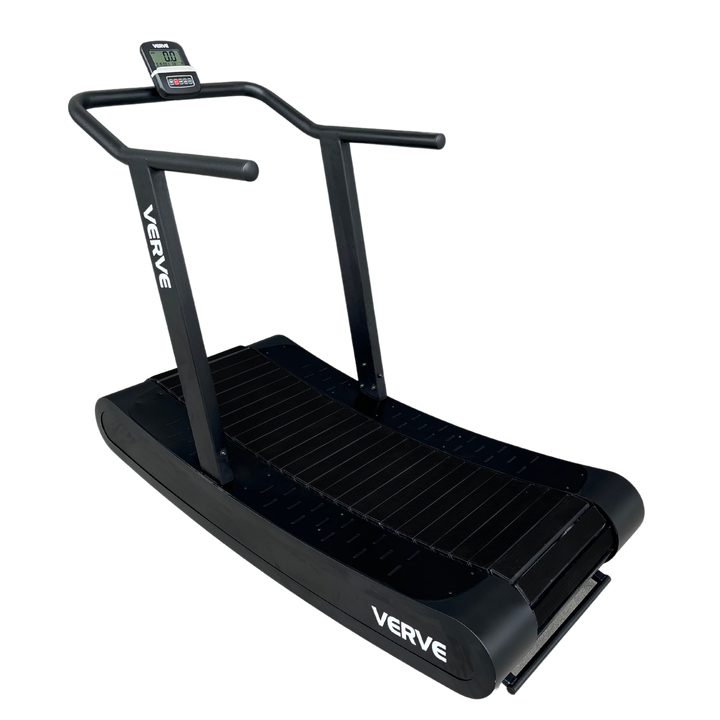
$3,999
IMPROVE YOUR RUNNING FORM The VERVE Air Runner Is the ultimate running machine allowing you a truly natural feel with the ability to easily adjust the intensity. Unlike standard electric treadmills, the VERVE Curved Treadmill features a curved magnetic running… read more |
VERVE Resistance Bands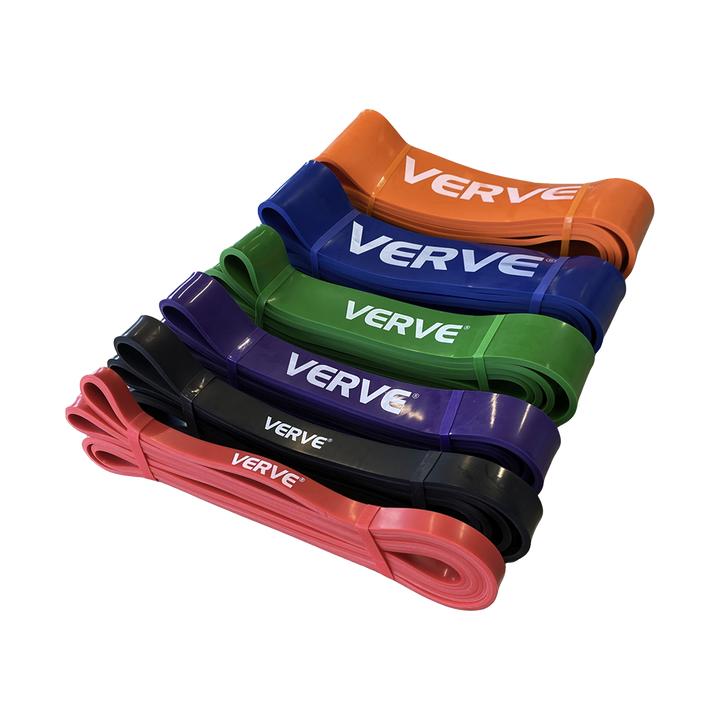
$20
VERVE Resistance bands VERVE offers a complete range of resistance bands making it easy to find a band with the perfect resistance for you. The VERVE® resistance bands come in a range from our smallest XS red band offering 2-16kg of resistance, all… read more |
Foam Roller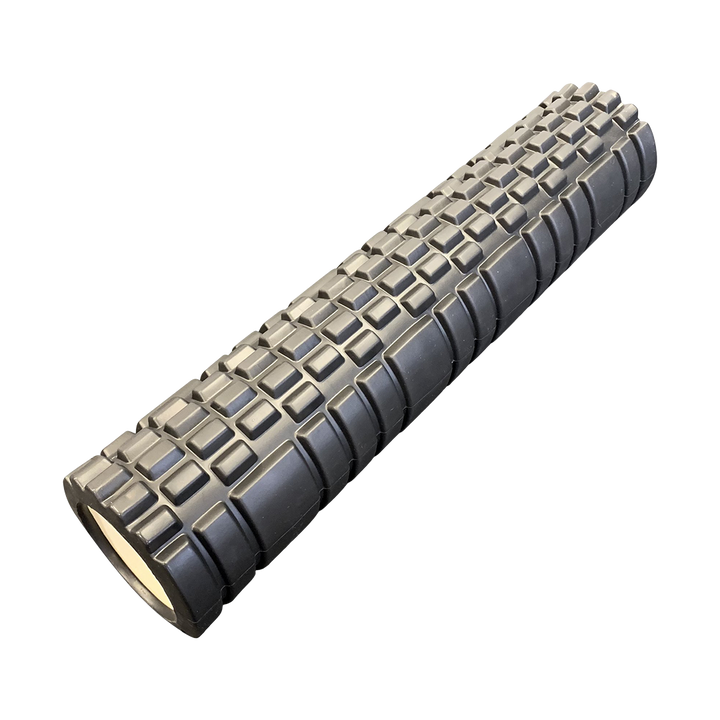
$29
Foam Roller A foam roller is an essential piece of mobility and warm-up equipment that is a must have in any commercial or home gym setup. When combined with active warm-ups, a foam roller will massage and prepare any muscle area for lifting with… read more |
VERVE Tactical Vest Plate Carrier - Black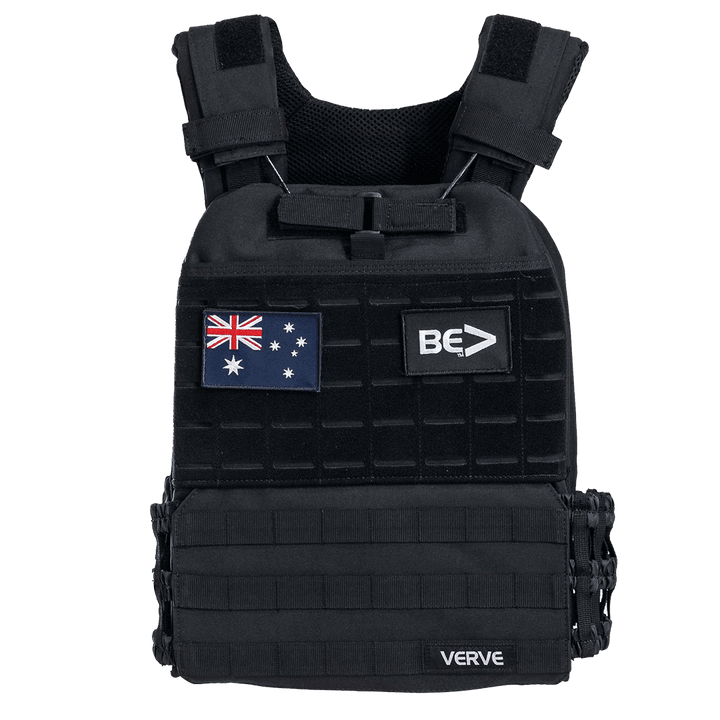
$275
**Now includes Australian flag 🇦🇺 Velcro patch** The VERVE Tactical Vest Plate Holder is made from a military grade high-strength 500D nylon unlike low cost plate holders made using the less durable polyester. This tactical vest features a quick release system and… read more |


